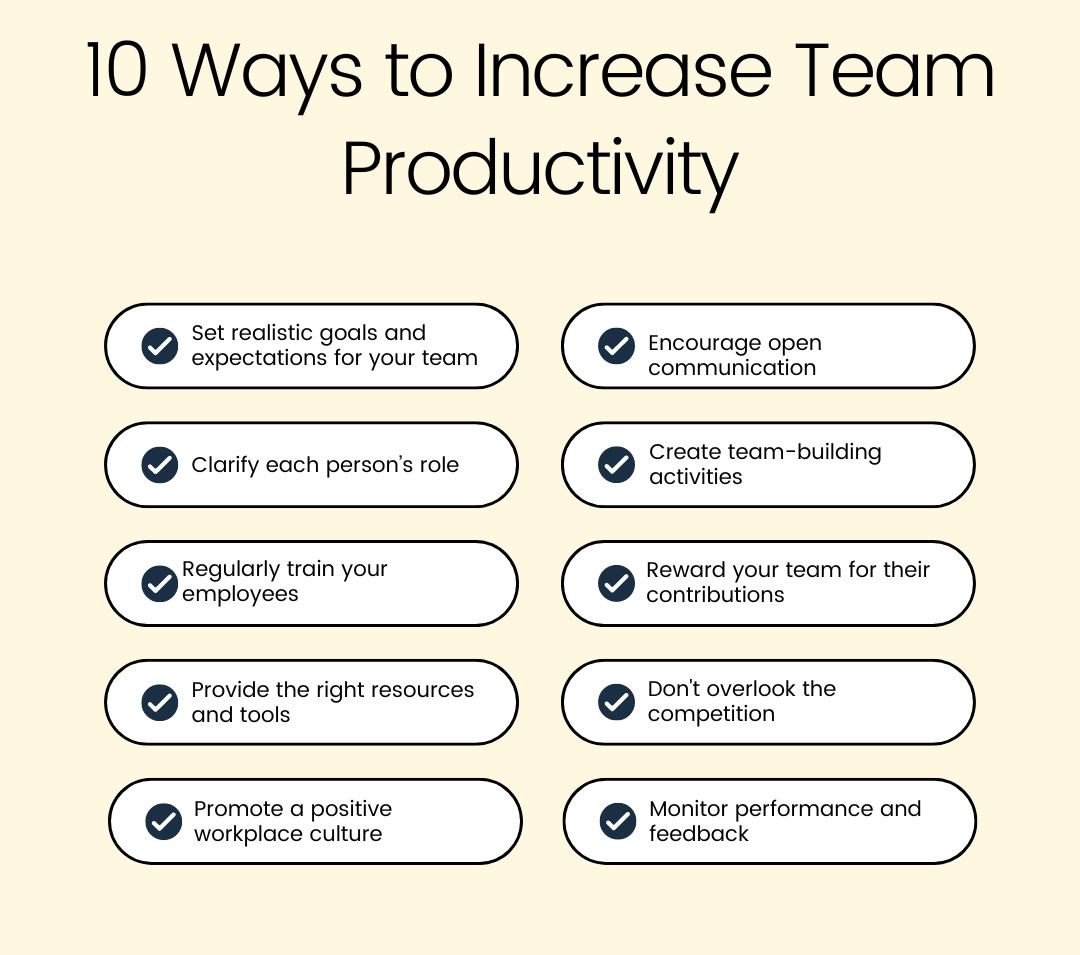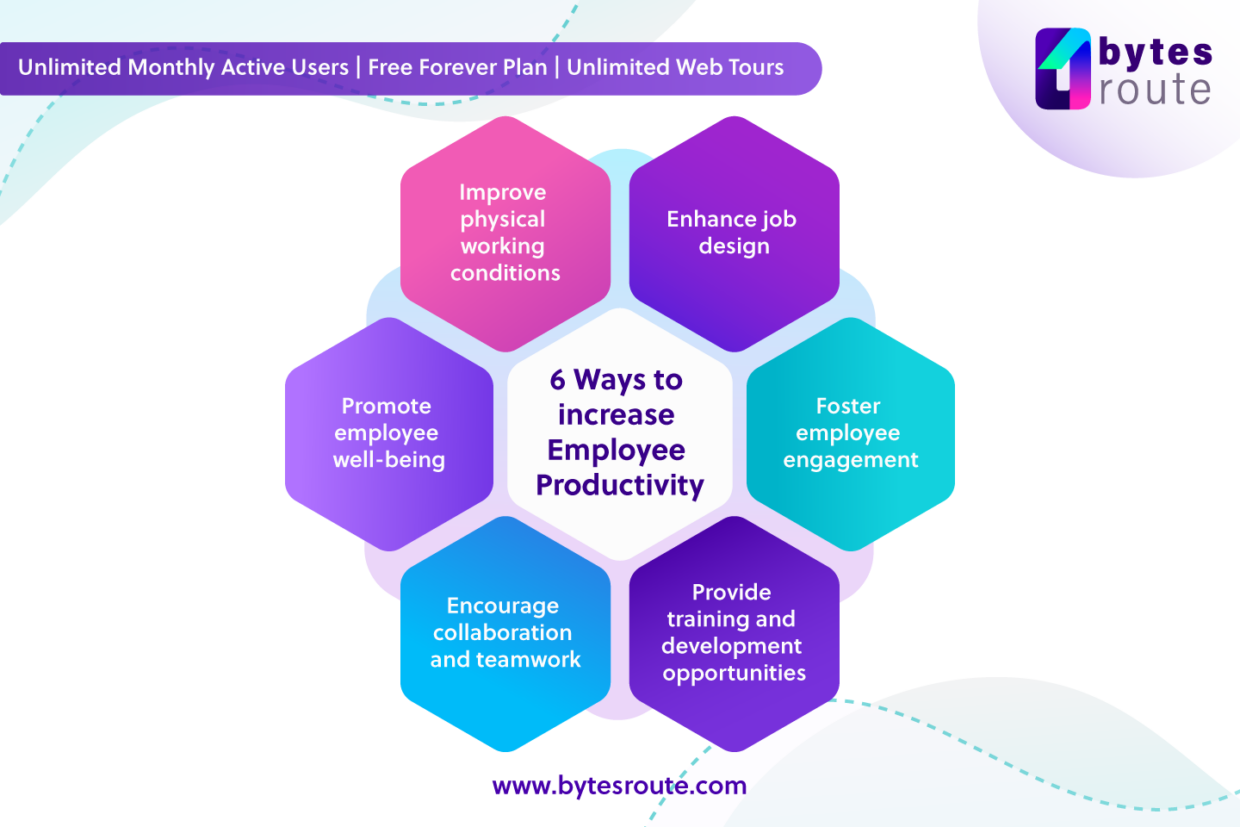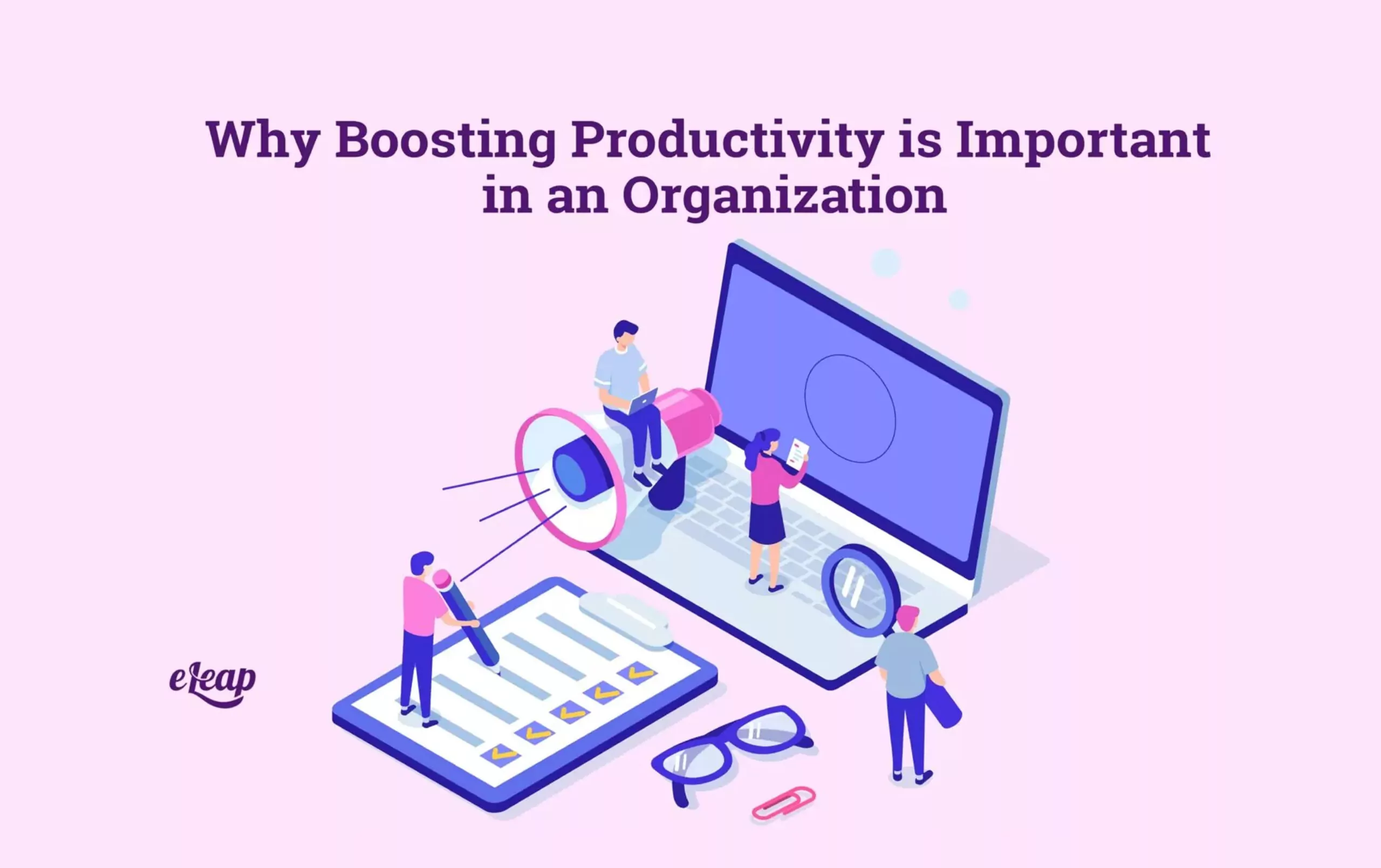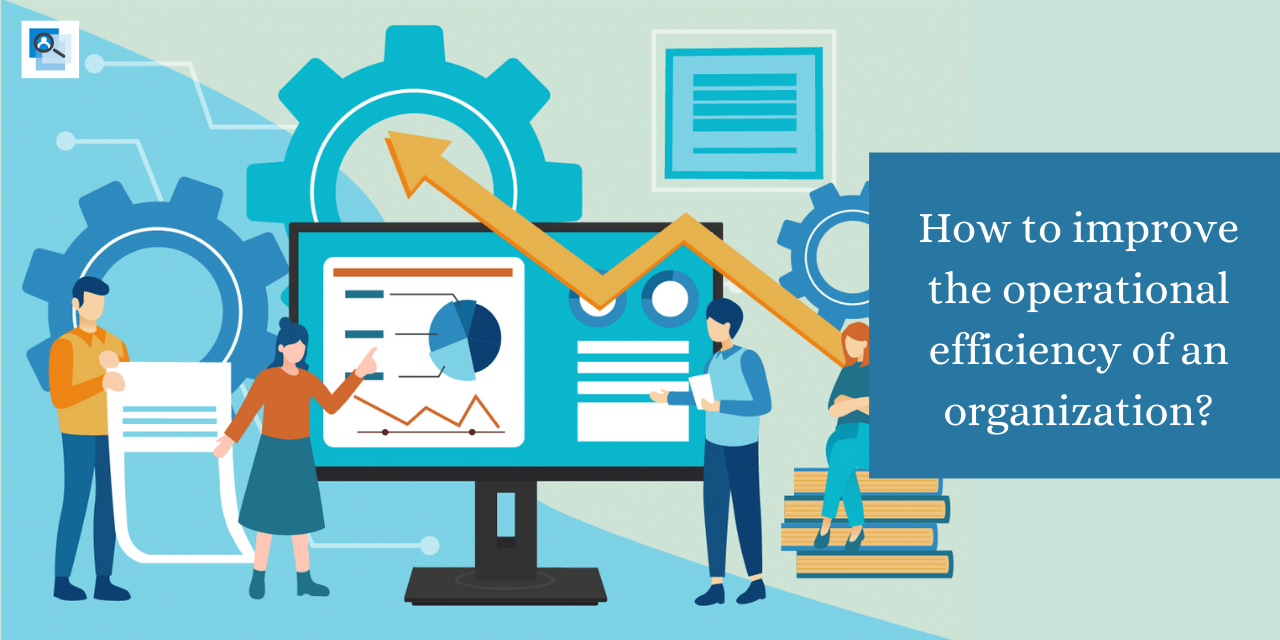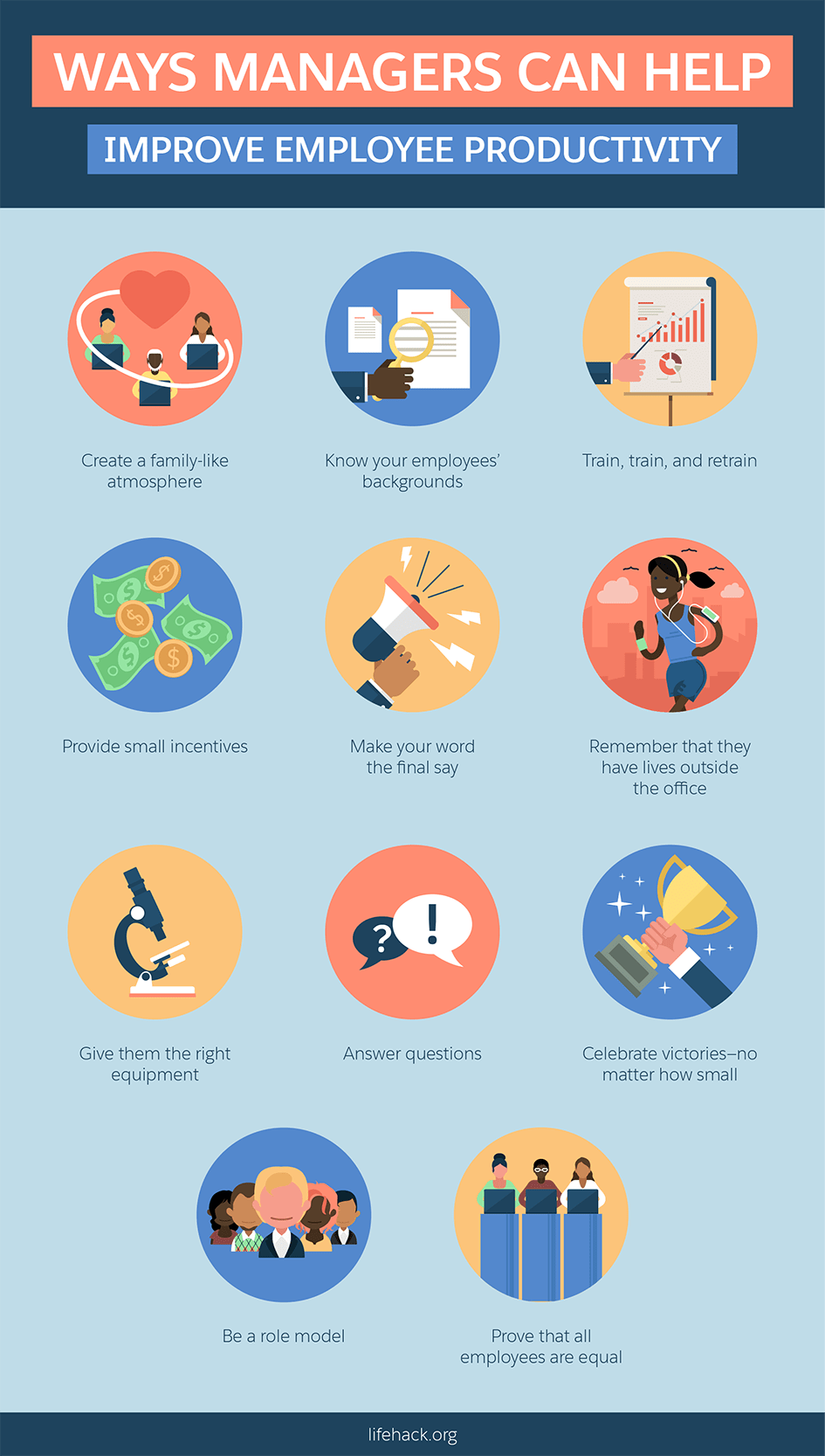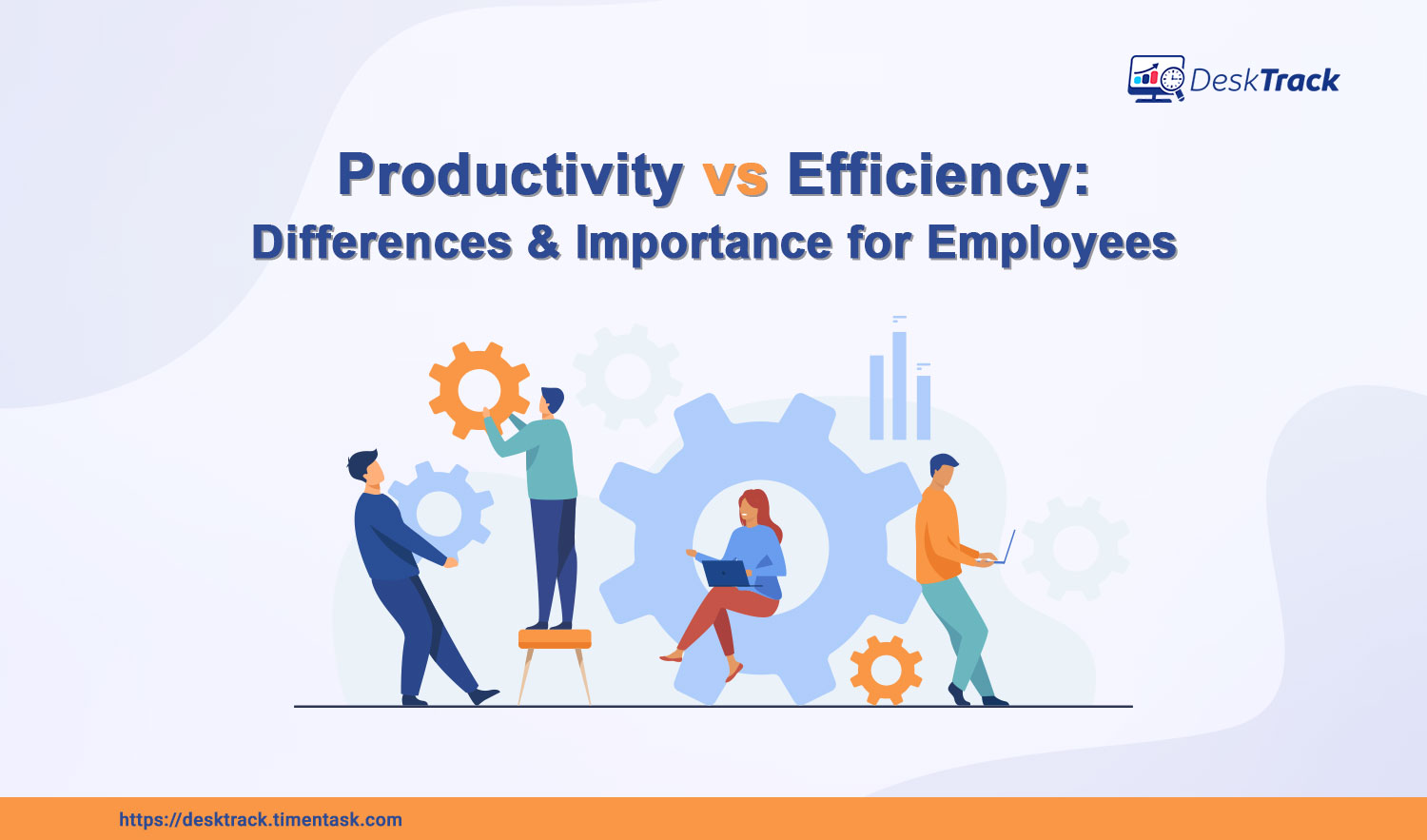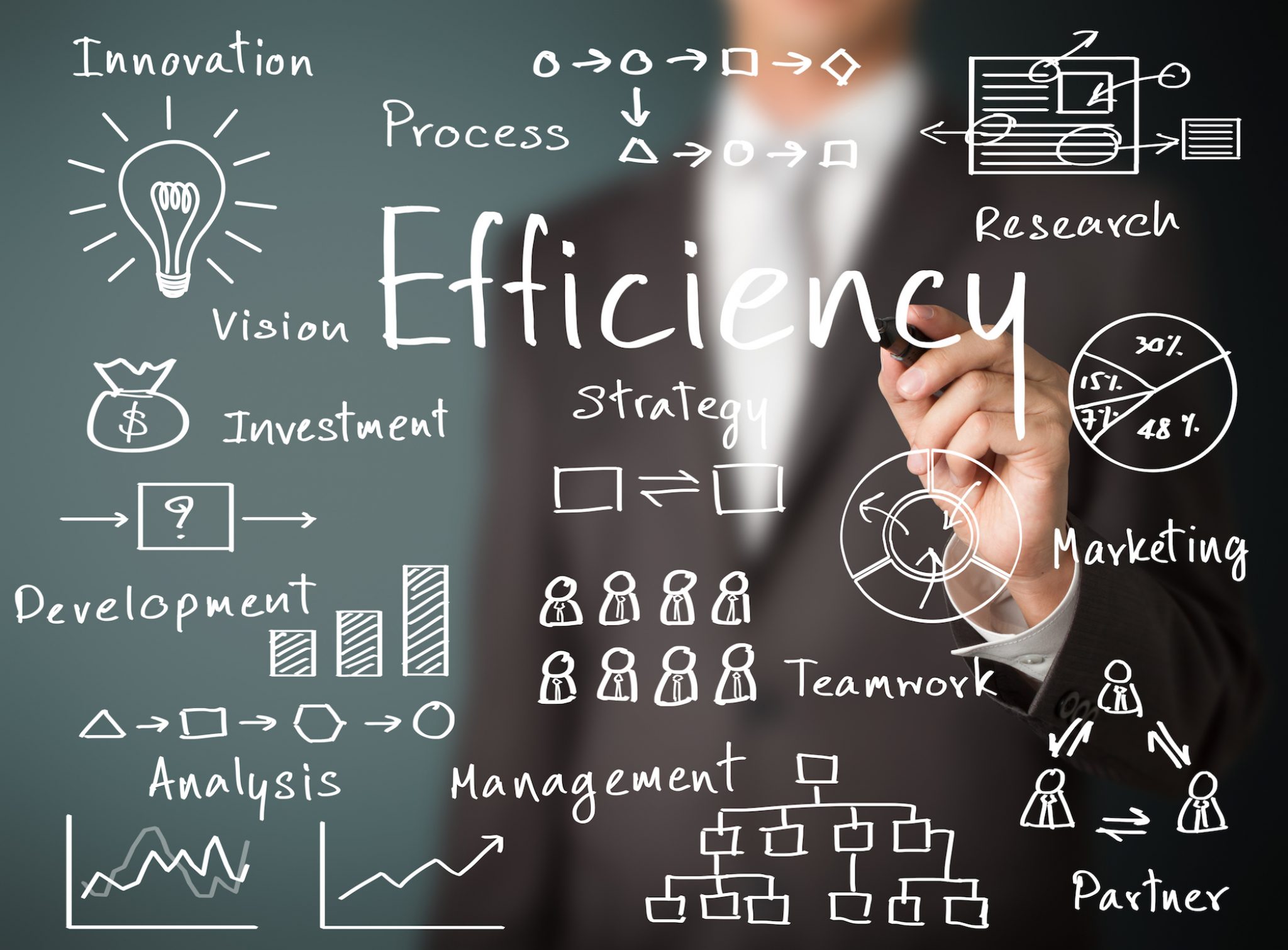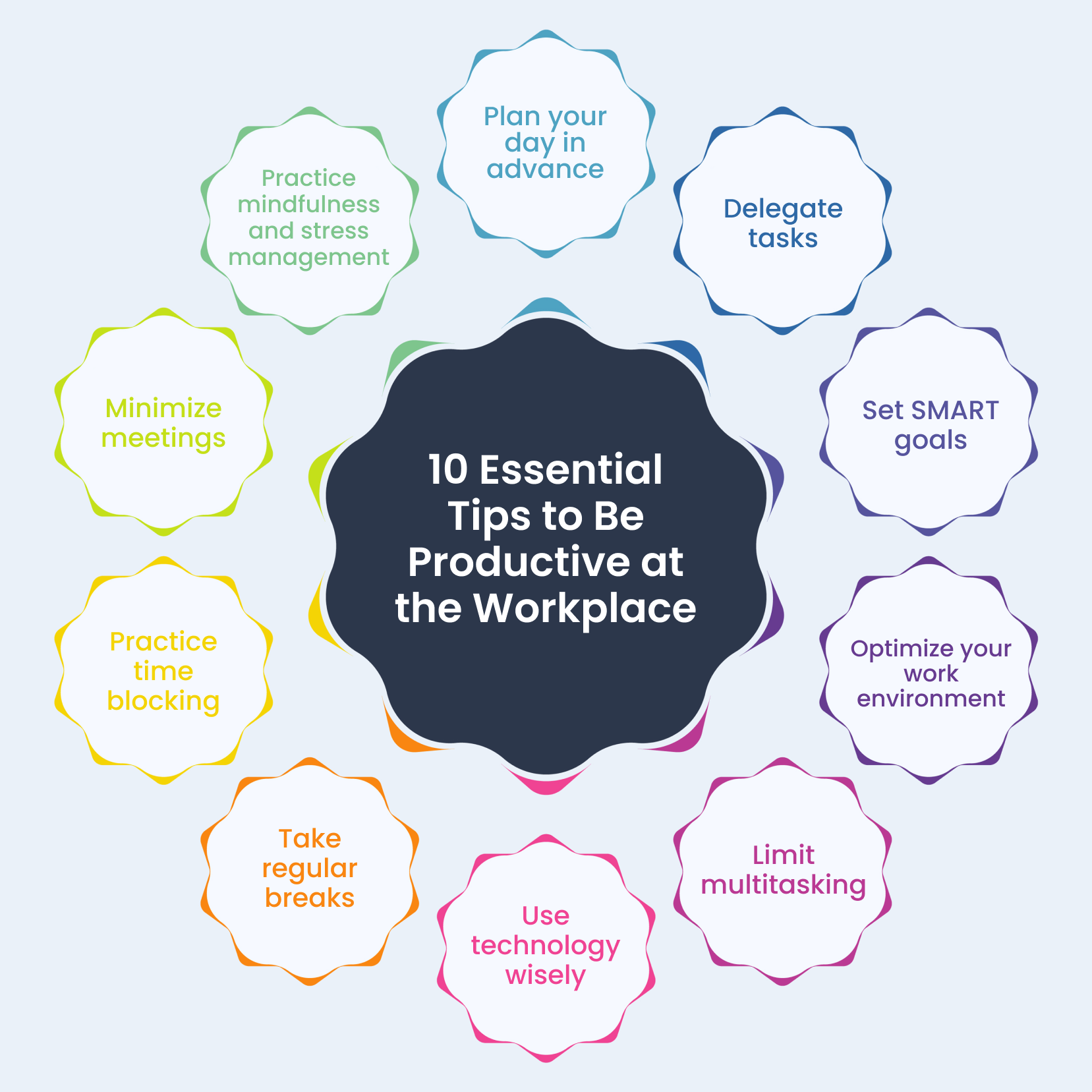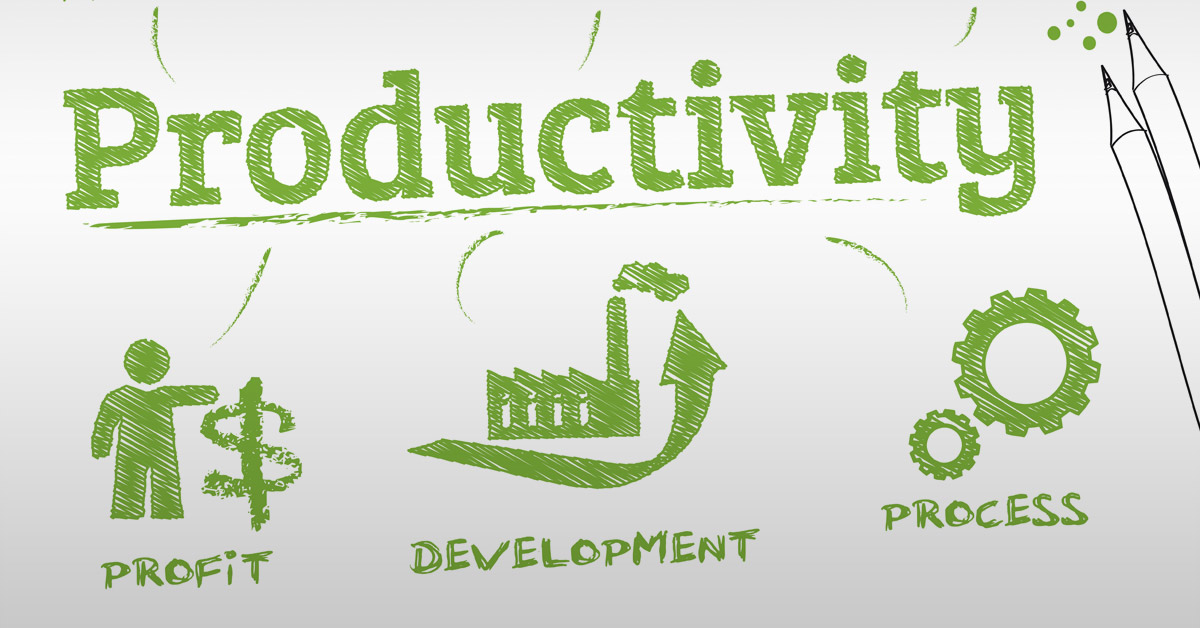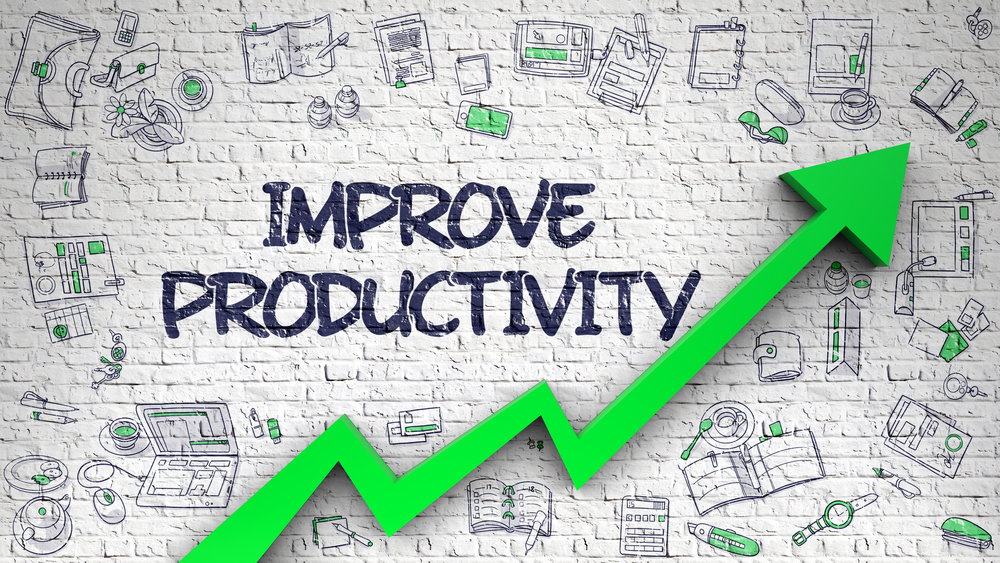How Can Organizations Improve Productivity
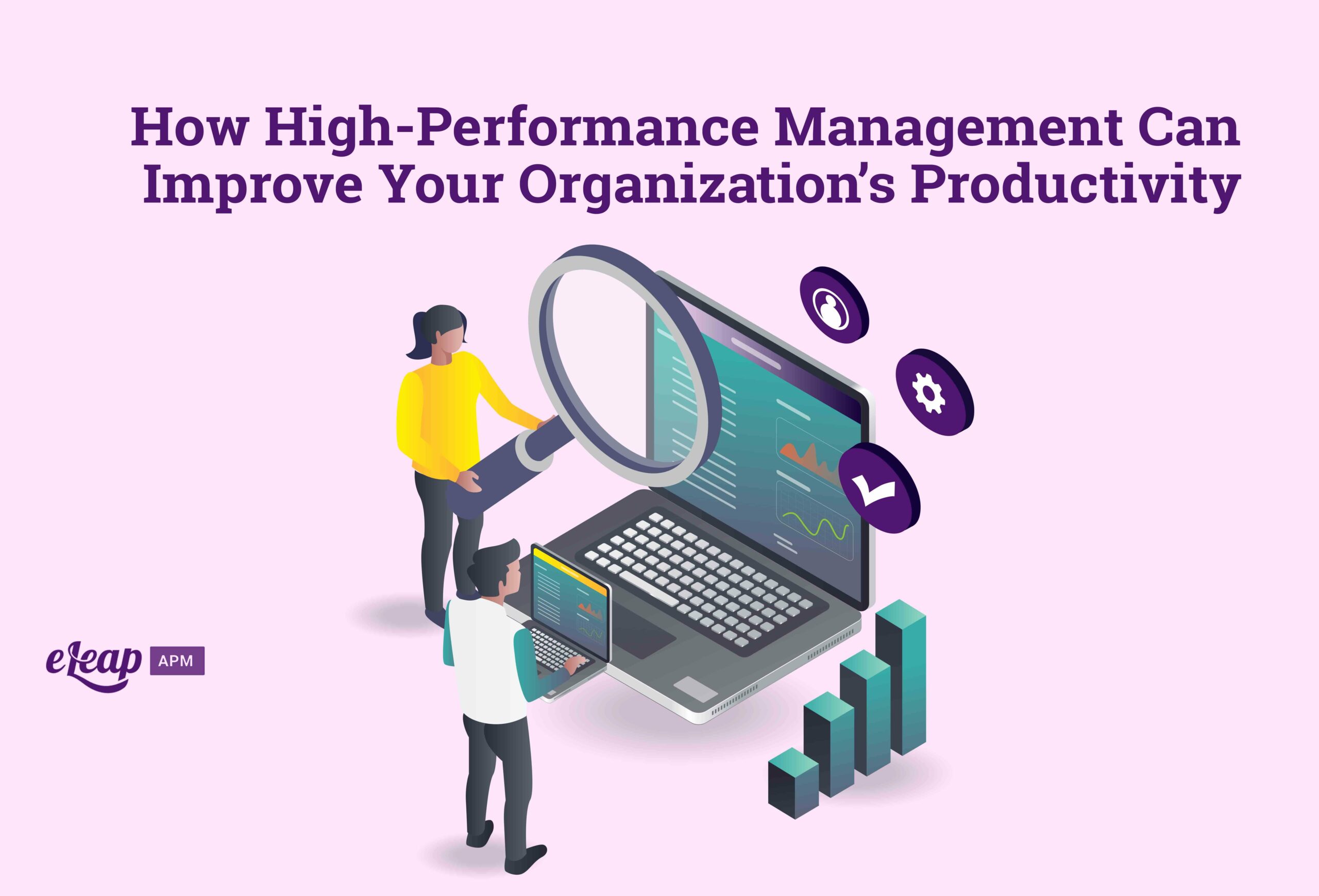
Productivity stagnation is crippling businesses. Experts are demanding immediate action to reverse this trend and unlock untapped potential within organizations.
This article delivers actionable strategies for boosting organizational productivity. It cuts through the noise to offer proven methods for maximizing efficiency and output.
Streamlining Processes and Eliminating Waste
Process optimization is paramount. Analyze workflows to identify bottlenecks and redundancies.
Implement Lean methodologies and Six Sigma principles. These provide frameworks for eliminating waste and improving efficiency.
Automate repetitive tasks using Robotic Process Automation (RPA) where possible. According to a McKinsey report, RPA can reduce operational costs by up to 60%.
Investing in Employee Training and Development
Equipping employees with the right skills is crucial. Invest in training programs that address skill gaps and promote continuous learning.
Offer opportunities for professional development and advancement. This fosters a culture of growth and motivates employees to perform at their best.
Gallup's research shows that employees who receive regular feedback are more engaged and productive.
Fostering a Positive and Supportive Work Environment
A positive work environment is essential for productivity. Cultivate a culture of collaboration, respect, and open communication.
Recognize and reward employee achievements. This boosts morale and reinforces desired behaviors.
Address employee concerns promptly and fairly. This builds trust and fosters a sense of belonging.
Implementing Technology Solutions
Leverage technology to enhance productivity. Utilize project management tools, collaboration platforms, and communication software.
Cloud-based solutions can improve accessibility and collaboration. This allows employees to work seamlessly from anywhere.
Ensure that employees are properly trained on how to use these tools effectively. Technology is only as good as the people who use it.
Promoting Employee Well-being
Employee well-being is directly linked to productivity. Encourage healthy lifestyles through wellness programs and initiatives.
Offer flexible work arrangements to improve work-life balance. Studies show that flexible work options can increase employee satisfaction and retention.
Provide access to mental health resources and support. Addressing mental health concerns can significantly improve employee performance.
Measuring and Monitoring Productivity
Establish key performance indicators (KPIs) to track productivity. Regularly monitor progress and identify areas for improvement.
Use data-driven insights to make informed decisions. This helps to optimize processes and allocate resources effectively.
Regular performance reviews provide opportunities to give feedback and set goals. They also allows to measure the effectiveness of strategies.
The Impact of Remote Work on Productivity
The shift to remote work has presented both challenges and opportunities. Some studies have shown increased productivity, while others have reported declines.
Successful remote work requires clear communication, effective collaboration tools, and strong management support. It also needs a culture of trust.
Companies must adapt their strategies to support remote workers and maximize their productivity. Addressing challenges such as isolation, burnout, and technological issues is paramount.
"The future of work is about empowering employees to be their most productive selves," says Dr. Anita Brown, a leading expert in organizational psychology.
Organizations must act now to implement these strategies. Failure to do so will result in continued productivity stagnation and missed opportunities.
The time for talk is over. Implement, measure, and adapt - the future of your organization depends on it.


